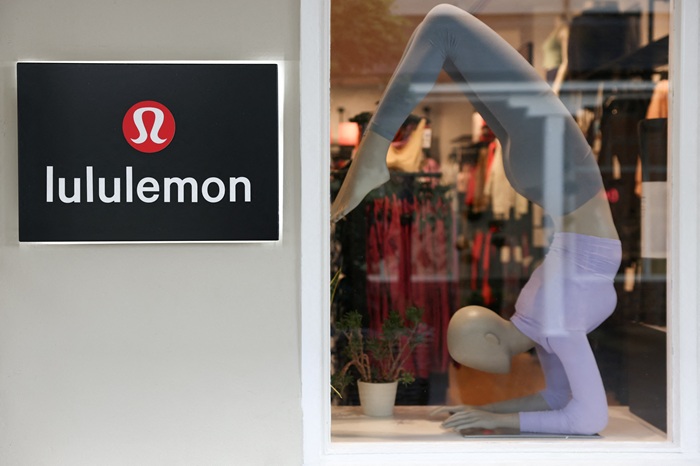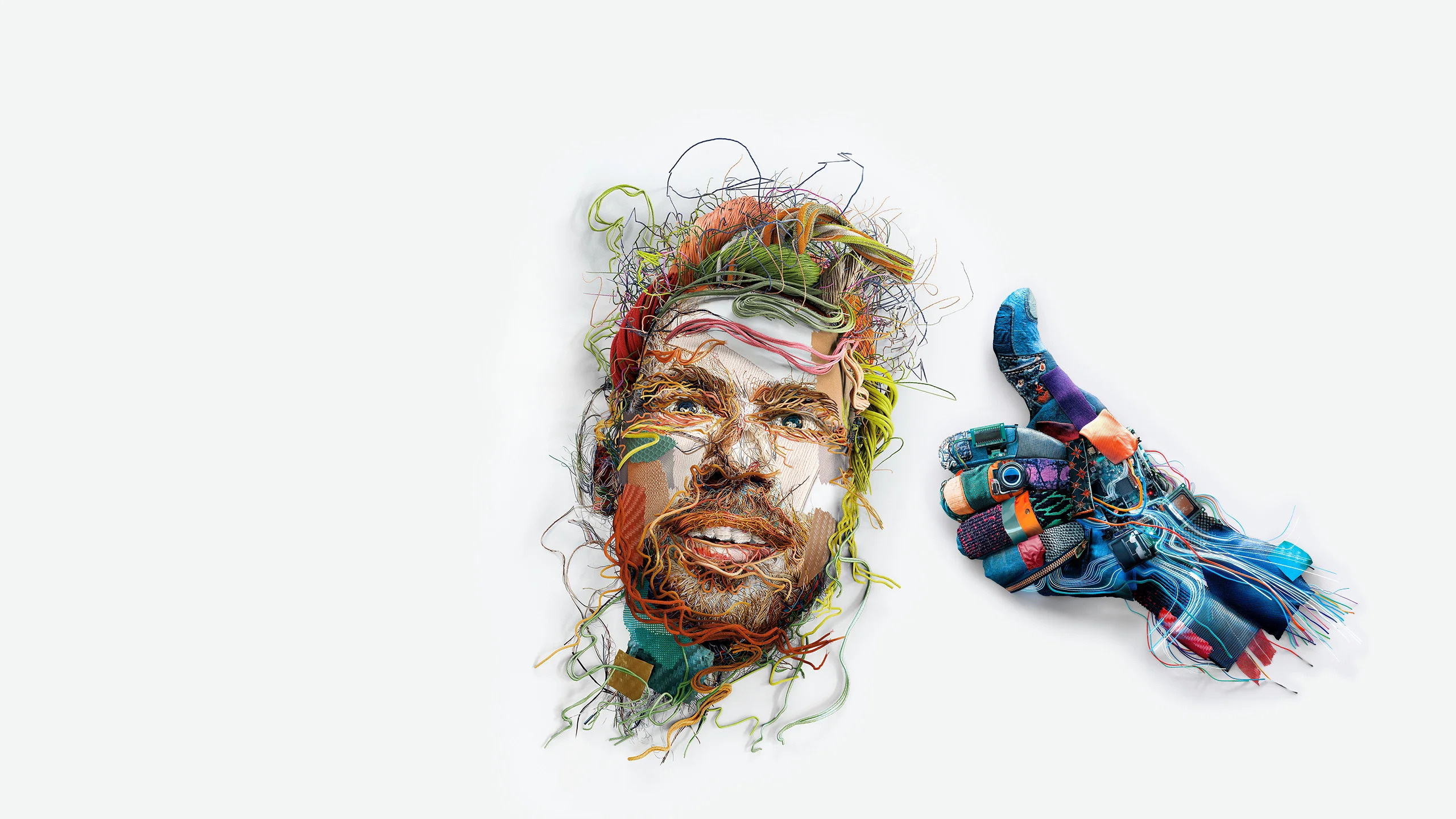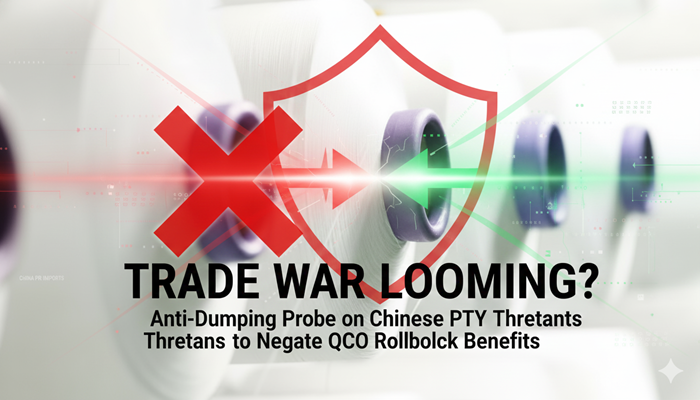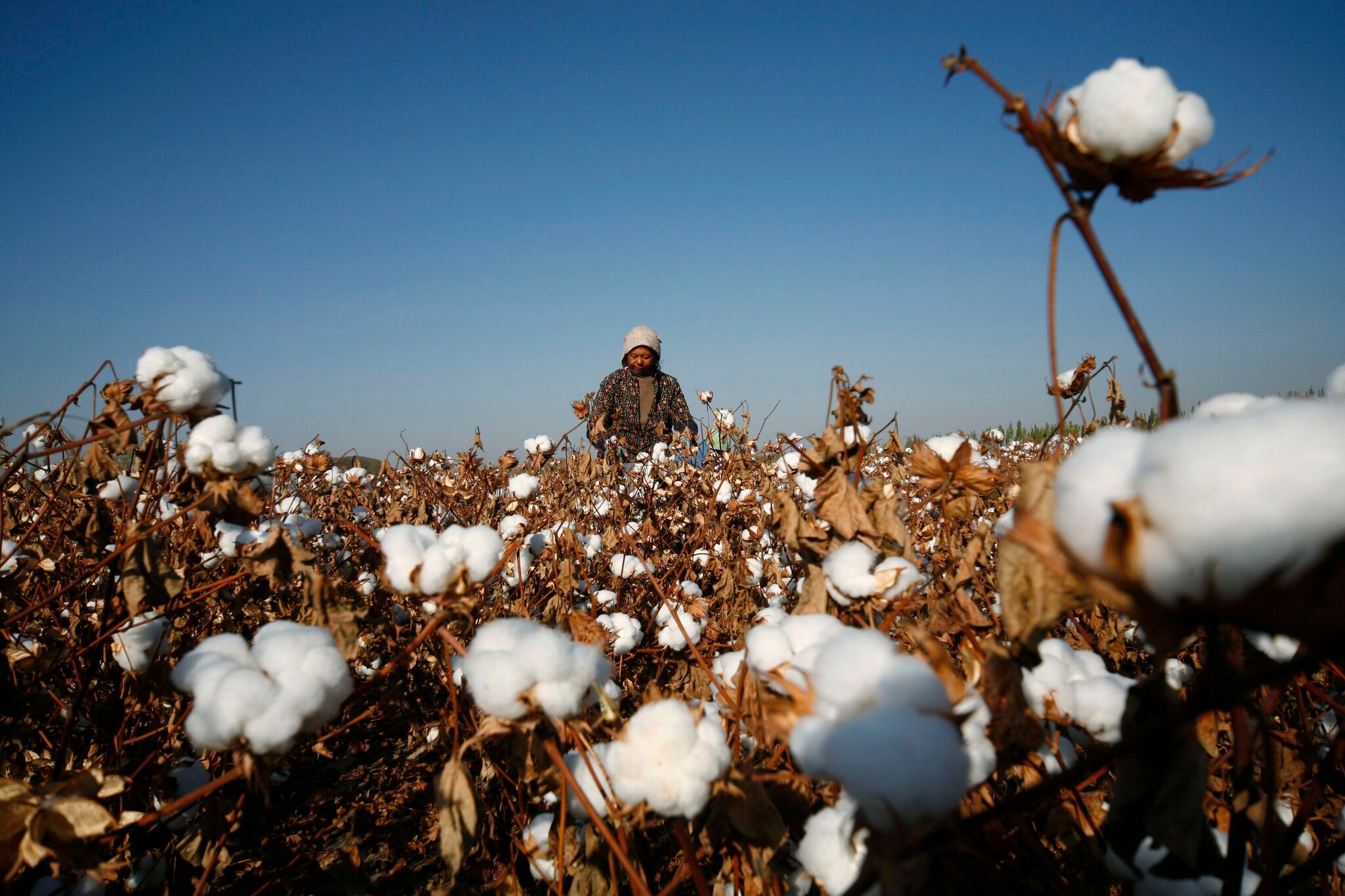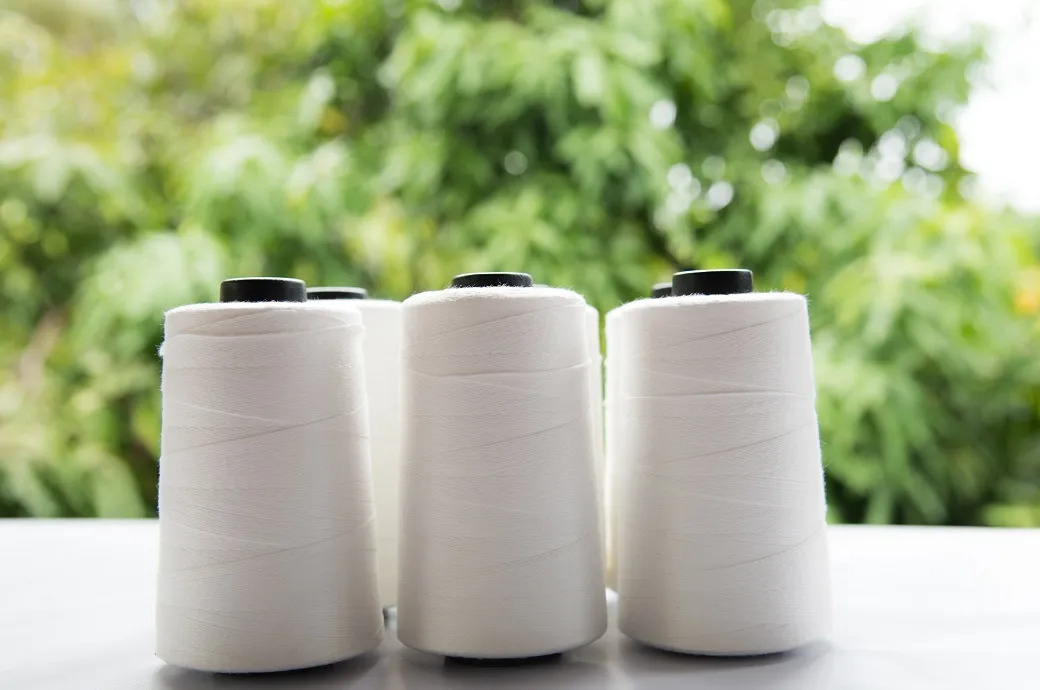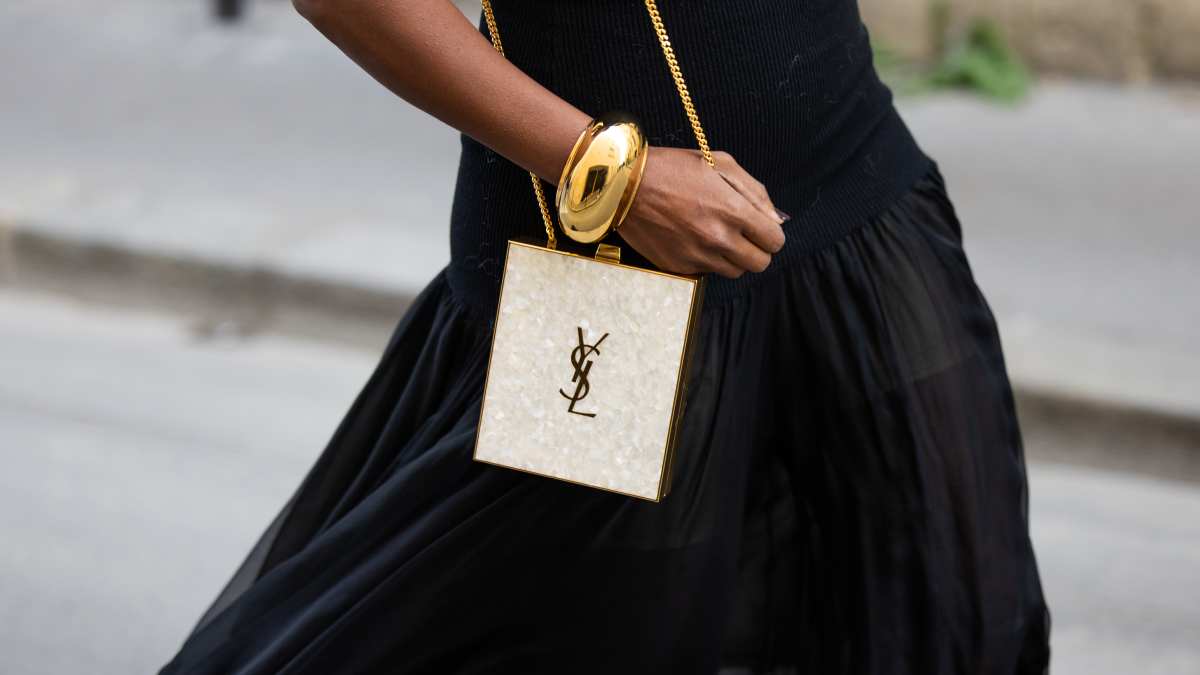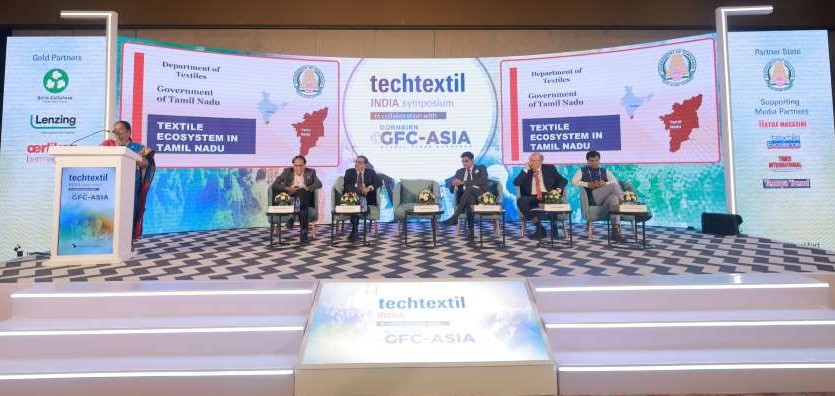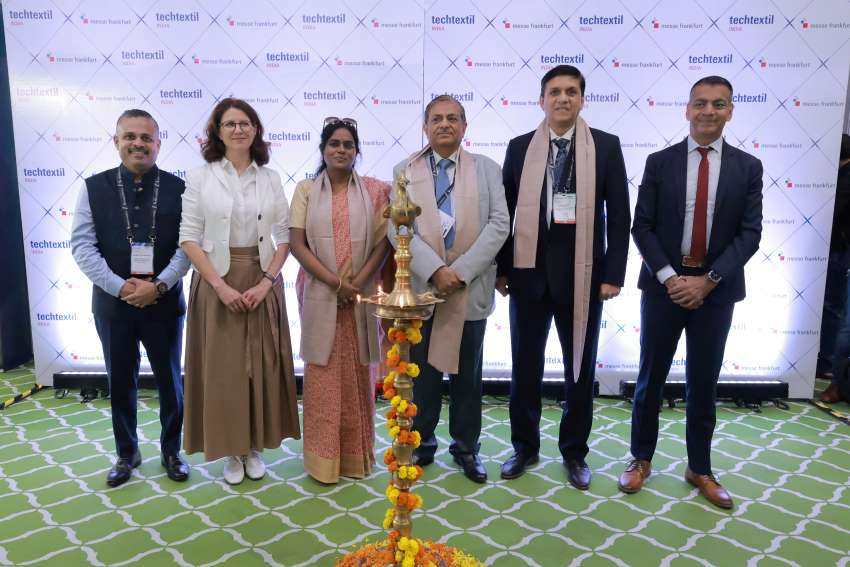FW
Due to ongoing labor unrest, apparel manufacturers in Ashulia, Bangladesh, have indefinitely shut down their factories. This decision came after six days of continuous worker protests and was made at an emergency meeting of the Bangladesh Garment Manufacturers and Exporters Association (BGMEA).
Shafiul Islam Mohiuddin, President, BGMEA announced the closure under section 13(1) of the existing labor law, citing security concerns for both individuals and the industry. He stated, factories will not reopen until ‘foolproof security and a pro-industry atmosphere are ensured’ and demanded punishment for those responsible for the violence. Mohiuddin also warned, production could be suspended nationwide if the situation does not improve.
Despite a BGMEA warning to end the violence, protests continued and spread to other industrial zones, with tens of thousands of workers blocking highways and engaging in vandalism in the Ashulia and Kanchpur areas. Clashes between protesters and police injured nearly 100 people, including officers and journalists. According to police, the chaos began when workers demanded a wage hike to cope with rising living costs.
Trade unions have criticized the BGMEA's decision, fearing it will further incite the workers. They have urged manufacturers to reconsider the shutdown for the sake of the country's main export sector, which accounts for nearly 80 per cent of its total export earnings. Union leaders plan to visit the area to de-escalate the situation and find a solution.
Currently, a garment worker earns between 3,000 and 5,500 Bangladeshi Taka per month, and workers are demanding a raise of 1,500 to 2,000 Taka. The industry, which produces clothing for major global retailers like Walmart, H&M, and Tesco, previously faced similar violent protests in 2010, which led to an 80 per cent increase in the minimum wage.
Dubai-based company Sumwon Studios has acquired a Dutch luxury lifestyle brand known for its football-inspired apparel and accessories, Balr. This acquisition comes after Balr. filed for bankruptcy in July 2025.
This acquisition enables Sumwon Studios to save the Balr. brand from collapse, allowing it to relaunch with new international ambitions. Balr. will now be part of Sumwon Studios' growing portfolio of brands, which also includes the UK fashion retailer Missguided.
Founded in 2023, Sumwon Studios has close ties to fast-fashion giant Shein and plans to leverage the e-commerce company’s production system to quickly respond to trends and reposition the Balr. brand globally.
Founded in 2013 by former football player Demy de Zeeuw and two internet entrepreneurs, Blar. had been struggling financially, reporting losses of over €1.7 million in 2023 and €1.3 million in 2022. The company cited rising costs, declining sales, and debt from the COVID-19 pandemic as reasons for its bankruptcy.
Nitin Passi, Founder and CEO, Sumwon Studios, states, Balr. has a unique, authentic DNA that can't be copied. He plans to pursue new partnerships and reposition the brand with a focus on its unique place in the world of sports and lifestyle.
Leading Indian textile company, Gimatex has become the first country in the world to launch a WhatsApp-based real-time order tracking system. Developed by its in-house tech team, this innovative system is designed to provide customers with constant updates on their orders from placement to delivery.
The new system was created to solve a persistent industry challenge: the lack of transparency and frequent communication delays between companies and their customers. According to Gimatex, the initiative aims to reduce wait times, improve customer satisfaction, and create a more transparent supply chain. The company's focus on integrating technology to enhance business processes is evident in the in-house development of the application.
Gimatex hopes this new tracking system will give it a competitive edge by keeping customers ‘always in the loop’ with real-time updates and notifications on their mobile devices. The company plans to roll out the service to all its customers in phases, believing that digital solutions are crucial for its future growth and continued market leadership.
Key features of this Gimatex WhatsApp Tracking System include real-time updates to customers on their order status, including dispatch and estimated delivery times, elimination in manual inquiries, cutting down on communication bottlenecks and improving efficiency, order tracking facility at every stage of the supply chain, thus building trust and confidence in the company.
In the most significant reform since its rollout, India's Goods and Services Tax (GST) is set for a major overhaul, dubbed ‘GST 2.0.’ The new blueprint proposes to eliminate the current 12 per cent and 28 per cent tax slabs, aiming to simplify the system and reduce disputes. This plan will first be reviewed by state finance ministers before being presented to the GST Council.
Under the new proposal, the 5 per cent slab will remain for essential goods. Most items currently at 12 per cent are expected to be moved to the nil or 5 per cent bracket. This means items like jams, fruit juices, medicines, and stationery will likely see tax relief. Goods currently in the 28 per cent category - such as air conditioners, dishwashers, and cement - will shift to an 18 per cent slab. Sin and luxury goods, including tobacco and aerated drinks, will be subject to a special levy of up to 40 per cent.
Officials stated, products consumed by the middle class, like refrigerators and high-end TVs, will stay at 18 per cent. Special rates on items like diamonds and jewelry will continue to support those specific industries. The restructuring comes ahead of the March deadline when the compensation cess to states is set to expire.
This change is expected to make the tax structure less complex, improve compliance, and resolve long-standing disputes over product classifications. While the 18 per cent slab currently generates 65 per cent of GST revenue, the new structure aims to balance revenue without placing a heavier burden on consumers. The weighted average GST rate, currently 11.6 per cent, may even fall further.
Apparel Group and Aldo have teamed up to launch a limited-edition Artist Series collection across the Gulf Cooperation Council (GCC). Available in select stores, this exclusive collection features 16 unique pieces created in collaboration with four international artists.
Offering sneakers, handbags, and graphic tees, the collection merges art with fashion. The artists featured in this collection include Timothy Goodman, known for his typographic style that explores themes of human connection, digital artist Hyperthalamuscorp whose vibrant 3D work reflects personal growth, Dubai-based multi-disciplinary artist Dina Sami who celebrates her heritage with symbols like the palm tree and Montreal-based street artist Whatisadam who blends Canadian references with comic-inspired visuals.
Neeraj Teckchandani, CEO, Apparel Group, notes, this series is a testament to the group’s commitment to offering customers more than just fashion; it's about bringing culture, art, and individuality into every retail experience.
Daianara Grullon Amalfitano, Chief Brand and Product Officer, Aldo, states, the collaboration celebrates global artistry and personal expression and continues the brand's long-standing tradition of supporting the arts.

As per the August 2025 ‘Cotton This Month’ report by the International Cotton Advisory Committee (ICAC), global cotton production is projected to outpace consumption for the 2025-26 season. The report, which includes data and projections, highlights the dominance of India, China, Brazil, and Bangladesh in the upcoming season. Global production is estimated at 25.9 million tonnes, slightly exceeding the projected consumption of 25.6 million tonnes, with trade holding steady at 9.7 million tonnes.
Cotton season 2025-26 projections
The projections reveal a dynamic, interconnected global market where traditional powerhouses consolidate their dominance and emerging trade shifts reshape the landscape. India is expected to maintain its long-standing role as the global leader in cotton acreage. With 38 per cent of the world’s total area under cotton cultivation, the country continues to rely heavily on its vast agricultural land base, underscoring its strategic commitment to the cotton economy—even as productivity remains a focal challenge in comparison to other major producers.
Meanwhile, China is expected to retain its dual distinction: as both the world’s largest cotton producer and most voracious consumer. The country is projected to account for 24 per cent of global cotton output, but more strikingly, it will consume 8.2 million tonnes, 32 per cent of the world’s total usage. This reflects the enduring strength of China’s textile manufacturing sector, which, despite growing competition and environmental pressures, remains a global engine of cotton demand.
On the trade front, Bangladesh is forecast to emerge as the leading cotton importer for the season. Responsible for 19 per cent of all global imports, the country’s thriving ready-made garment (RMG) sector continues to drive its massive raw cotton needs—most of which must be met from abroad due to negligible domestic cultivation.
At the same time, Brazil is expected to rise to the top of the export charts. The South American agricultural giant is set to ship out 32 per cent of the world’s cotton exports, a testament to its increasingly efficient production systems and aggressive expansion into global markets.
Finally, the ICAC Secretariat’s price forecast for 2025-26 indicates a wide trading band, reflecting market uncertainties and potential volatility. Prices are expected to range from 57 to 94 cents per pound, with a midpoint forecast of 73 cents. This spread suggests sensitivity to factors such as global demand fluctuations, weather events, and trade policy changes. Together, these projections set the stage for a season shaped by both stability in leadership and evolving dynamics in trade—signaling another chapter in the complex, ever-changing story of global cotton.
Table: Global cotton leaders 2025-26
|
Category |
Projected leader |
Global percentage/vVolume |
|
Area |
India |
38% |
|
Production |
China |
24% |
|
Consumption |
China |
32% (8.2 million tonnes) |
|
Importers |
Bangladesh |
19% |
|
Exporters |
Brazil |
32% |
Leading cotton lint producers in 2024-25 estimate vs. 2025-26 projection
Based on the ICAC data, a slight shift in market share is projected among the top cotton producers. While China and India remain the top two, India is expected to increase its share, while China's share is projected to decrease slightly. The positions of other key producers like Brazil, the US, and Pakistan are expected to remain stable.
Table: Year wise comparison of cotton lint producers
|
Country |
Estimate 2024-25 |
Projection 2025-26 |
|
China |
25% |
24% |
|
India |
20% |
21% |
|
Brazil |
15% |
14% |
|
US |
12% |
12% |
|
Pakistan |
5% |
5% |
|
Others |
23% |
24% |
The Gujarat government has issued new guidelines for industrial incentives under the Gujarat Textile Policy 2024, extending benefits to textile units located in GIDC-notified areas within cities. This decision follows a request from the Southern Gujarat Chamber of Commerce and Industry (SGCCI).
The guidelines were announced by Balvantsinh Rajput, Industries Minister at the Valsad district collector's office. They include textile units in GIDC-notified urban areas now being eligible for government incentive schemes as per Ashok Jirawala, Vice President, SGCCI. The guidelines also include composite units that handle the entire process from spinning to fabric production, a move expected to significantly boost the state's textile industry.
The policy will also recognize groups of at least 20 women as a Self-Help Group (SHG) for self-employment initiatives. Each member will be eligible for a monthly benefit of up to Rs 5,000.
Nikhil Madrasi, President, SGCCI noted, the policy aims to boost investment in the textile sector, promote women's empowerment, and create new job opportunities in both rural and urban areas.
Faruque Hassan, President, Bangladesh Garment Manufacturers and Exporters Association (BGMEA), has urged global quality assurance provider Intertek to help promote Bangladesh's ready-made garment (RMG) industry worldwide.
Hassan made this request during a meeting with an Intertek delegation, led by Sandeep Das, Regional Managing Director - South Asia, at the BGMEA office in Dhaka. The meeting was also attended by Miran Ali, Vice-President BGMEA, along with key Intertek executives including Neyamul Hasan, Country Business Line Leader and Shoriful Islam. Head of Business Assurance
During the discussion, the Hasan extended an invitation for Intertek to participate in the ‘Made in Bangladesh Week,’ an event scheduled to take place in Dhaka this November.
The two parties discussed a range of topics relevant to Bangladesh's apparel industry, including the global market situation, consumer demand, and emerging trends. They also explored how Intertek could support garment factories in Bangladesh to ensure their prodPucts not only meet the highest safety standards but also remain globally competitive. A key focus was how Intertek could help factories address the growing consumer need for safe, high-quality products that comply with both international and domestic regulations.
Hassan highlighted the significant progress made by Bangladesh's garment industry over the years. He noted the industry's impressive strides in workplace safety, environmental sustainability, and ethical manufacturing, including a strong focus on hygiene, health, safety, and waste management.
Retail sales at Clarks Village surged 14.2 per cent Y-o-Y during the April–June quarter, according to data from its owner, Landsec. The outlet destination saw a rush of shoppers eager to visit new brands and refreshed stores.
This strong performance is part of a broader trend, as Landsec reports a robust quarter across its entire portfolio of premier retail destinations, with significant year-on-year increases in both sales and foot traffic. This follows a record year for Landsec's retail properties.
The sunniest April–June in recorded history encouraged shoppers to update their closets and treat themselves to new summer apparel, driving a 9.3 per cent Y-o-Y increase in clothing sales. Overall foot traffic at the premium Somerset outlet rose by 3.8 per cent, as customers prioritized the experience of shopping in person.
Jacopo Venturini, CEO, Valentino, has resigned from his position in the company, as per a report by Women's Wear Daily. Valentino and Venturini reached a mutual decision to end his association with the company, citing personal reasons on Venturini's part.
The announcement comes months after it was disclosed that Venturini was on sick leave, amid rumors of his impending departure due to the brand's financial struggles last year.
Meanwhile, the company's creative direction remains stable with Alessandro Michele continuing in his role as creative director. A recent addition from Gucci, Michele is expected to steer Valentino through its current challenges, noted sources familiar with the company's internal affairs.


